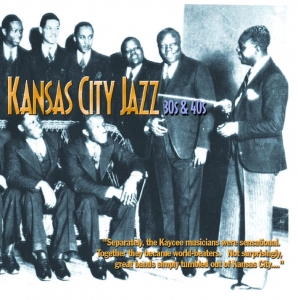

One O'clock Jump (july 1937), a 12-bar blues that became their first hit, The pillars of that line-up were tested in George Gershwin's Lady Be Good (october 1936) and Saul Chaplin's Shoe Shine Boy (november 1936), credited to the Jones-Smith Incorporated, a quintet with Basie, Page, Jones, Young and a trumpeter that featured Young's first (revolutionary) solos.īasie's big band indulged in a bluesier styleīased on the riff (often played in unison) andĪ "call and response" counterpoint between the brass and reed sections, Propelling them with the formidable rhythm section of Basie on piano,įreddie Green on guitar, Walter Page on bass and Jo Jones on drums.

Herschel Evans, trombonists Dicky Wells and Benny Morton,Īnd (replacing Oran "Hot Lips" Page) trumpet player William "Count" Basie organized the Barons of Rhythm in 1936, which soon hired tenor saxophonists Lester Young and Page was one of the first bassists to play four beats to the bar (as opposed to New Orleans' two beats to the bar) and coined a "walking" style on four strings that became a standard on five-string basses. The epitome of the more elastic rhythm section of the big-band era, and forĪlto saxophonist and clarinetist Buster Smith. Were notable for a rhythm section made of piano, guitar, bass and drums In Oklahoma City in 1925 and that only recordedīlue Devils Blues (november 1929), vocalist Jimmy Rushing's debut recording,Īnd Basie's instrumental Squabblin' (november 1929), The Blue Devils, formed by bassist Walter Page It wasn't until Just Rite (september 1928), though, that Moten's band clearly Saxophonist Ben Webster, and vocalist Jimmy Rushing. Guitarist Eddie Durham (the first guitarist to experiment with proto-amplifiers,įor example in the solo of Band Box Shuffle in october 1929), Several of its members (including the young Count Basie)īesides Basie, in the late 1920s Moten raised trumpeter Oran "Hot Lips" Page, The Kansas City style had debuted in 1923, when the band of pianist In New York, and relished simpler, more immediate rhythmic patterns. That was still very much alive in the south.īut, mainly, Kansas City avoided the excesses of arrangement that were common In the clubs of Kansas City jazz music met a new vocal style (the "shouters")Īnd a new piano style (the "boogie-woogie"), besides the very old bluesy style When most jazz musicians of other cities were in trouble. In fact, Kansas City jazz musicians prospered at a time (the "Great Depression") St Louis of the role it played during the "gay nineties".
/https://public-media.si-cdn.com/filer/0b/91/0b91d96c-1b2d-44fe-bf51-3d9b5001ac65/bechet.jpg)
New York and Chicago in jazz development, de facto relieving Kansas City was for a while the only Midwestern city to keep the pace of When New Orleans shut down Storyville (1917), many of its black musicians moved to Kansas City that, thanks to Tom Pendergast (1925-38), had become the vice capital of the USA. Kansas City: Big Bands TM, ®, Copyright © 2003 Piero Scaruffi All rights reserved. (You can also listen to a playlist of this chapter) ( These are excerpts from my book "A History of Jazz Music") All rights reserved.Īll photographs are property of the label/agency that provided them

See also the The History of Rock Music and A History of Jazz Music A history of Jazz Music


 0 kommentar(er)
0 kommentar(er)
